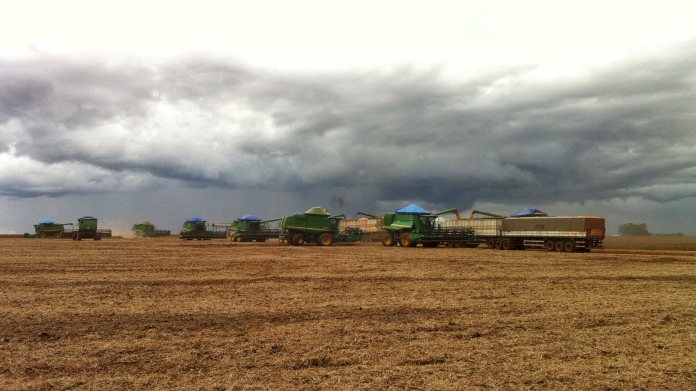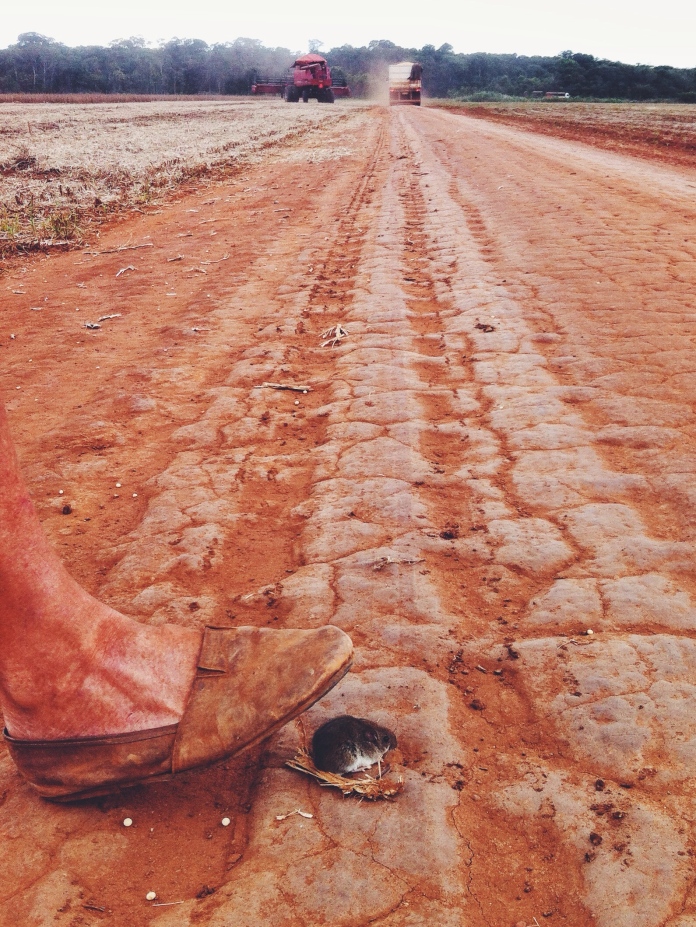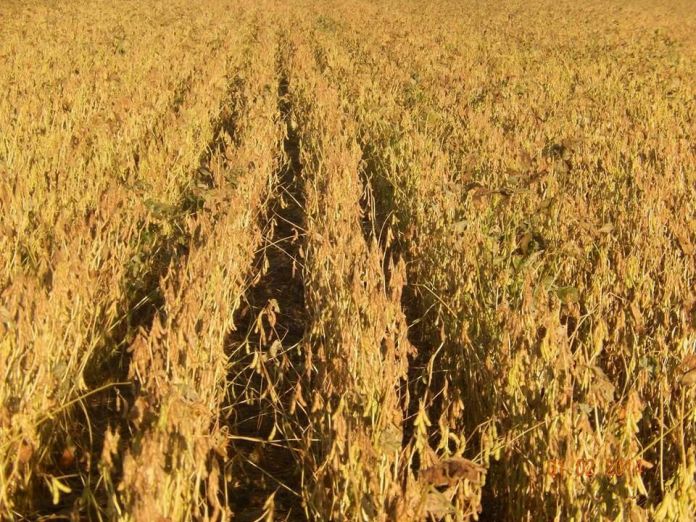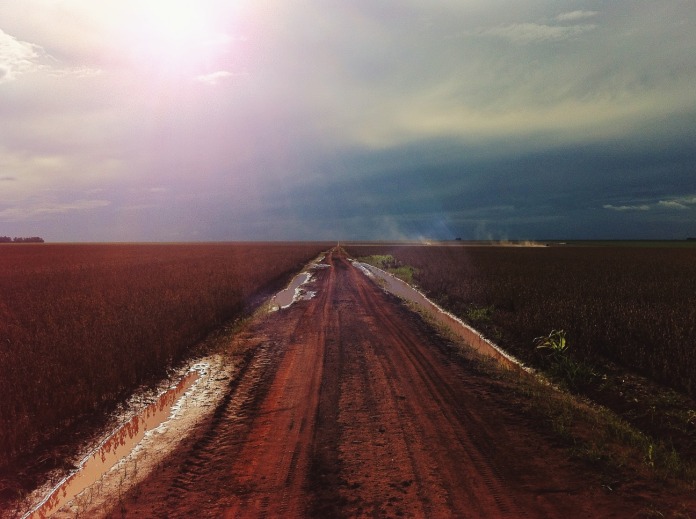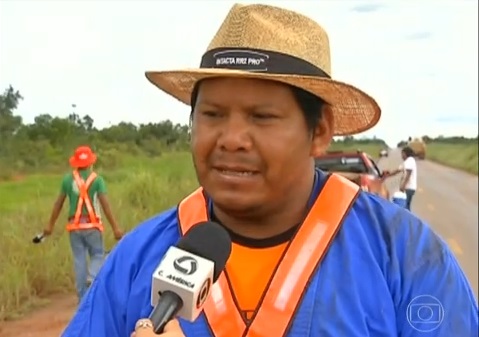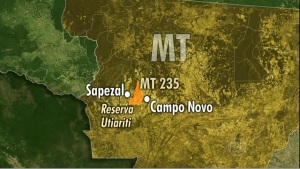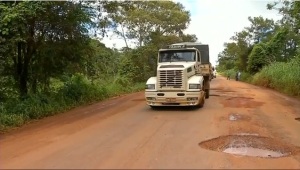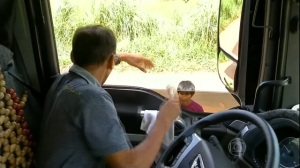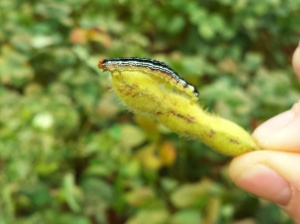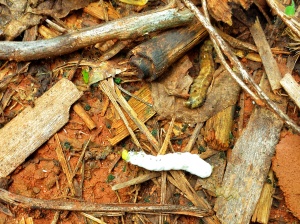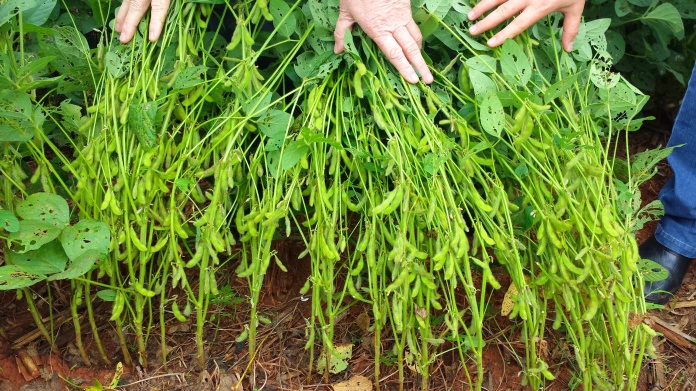Sorry for having stopped posting for a while. As you may have already seen on the news, rains almost drowned us here. A great pity, few days ago this could have been our best season by far. This week, after a sequence of 2 to 4 sunny(or not so rainy) days, things are a little calmer and most of the damaged fields have been harvested.
I’ve been every day in the fields, raining or not, racing against the time, especially sampling soybeans still suitable for seeds. Not an easy task these days.
In 10-15 days we are done and I will be able to post again.
There are plenty of things to be said and shown.

